Don't hesitate to send a message
Web Menu
Product Search
Exit Menu
Optimizing Pump Systems with Electronic, Magnetic, and Control Pressure Switches
In the realm of fluid management and pump systems, the efficient control and monitoring of pressure and liquid levels are paramount for ensuring smooth operation, preventing equipment damage, and maximizing energy efficiency. Electronic pressure switches, magnetic float switches, and control pressure switches are indispensable components that play crucial roles in achieving these objectives.
Electronic Pressure Switch:
Electronic pressure switches represent advanced devices designed to monitor and control fluid pressure in pump systems with precision and reliability. These switches utilize electronic sensors and control logic to detect changes in pressure and activate or deactivate pumps accordingly. Their accuracy and responsiveness make them invaluable in applications where maintaining precise pressure levels is critical for operational efficiency and equipment longevity.
One of the key advantages of electronic pressure switches is their ability to provide real-time pressure monitoring and control. By continuously measuring pressure levels and adjusting pump operation as needed, these switches ensure optimal system performance while minimizing energy consumption and reducing wear on pump components. Additionally, electronic pressure switches often feature adjustable pressure thresholds, hysteresis settings, and fault diagnostics, allowing for customized control and efficient troubleshooting.
Magnetic Float Switch:
Magnetic float switches are simple yet effective devices used for liquid level sensing in pump systems. These switches consist of a buoyant float attached to a magnetic actuator, which moves up and down with changes in liquid level. As the float rises or falls, it triggers a magnetic switch mounted outside the fluid container, signaling the pump to activate or deactivate based on preset level thresholds.
The versatility of magnetic float switches lies in their ability to provide reliable level sensing in various liquids, including water, oil, and chemicals. They are commonly employed in sump pumps, sewage systems, and industrial tanks, where accurate level control is essential for preventing overflow or dry running situations. Magnetic float switches are known for their durability and simplicity, requiring minimal maintenance and offering long-term reliability in harsh environments.
Control Pressure Switch:
Control pressure switches serve as vital components in pump systems, providing precise control over pressure levels and pump operation. These switches utilize mechanical or electronic mechanisms to monitor pressure changes and activate or deactivate pumps as needed, ensuring optimal system performance and efficiency. They are crucial for maintaining pressure within predefined limits, preventing pump overpressure or underpressure situations that can lead to equipment damage or inefficiency.
Control pressure switches offer reliability and durability in demanding environments, thanks to their rugged construction and sealed enclosures. They are commonly used in industrial processes, HVAC systems, and water distribution networks, where precise pressure control is essential for maintaining system integrity and efficiency. Additionally, control pressure switches often feature adjustable pressure setpoints and differential settings, allowing for customized control to match specific application requirements.
In conclusion, electronic pressure switches, magnetic float switches, and control pressure switches are integral components that contribute to the optimization of pump systems across various industries. Their accurate monitoring and control capabilities ensure efficient pump operation, minimize energy consumption, and prolong equipment lifespan. By leveraging the functionalities of these switches, industries can achieve optimal performance, reliability, and efficiency in their pump systems, leading to enhanced productivity and cost savings.
-
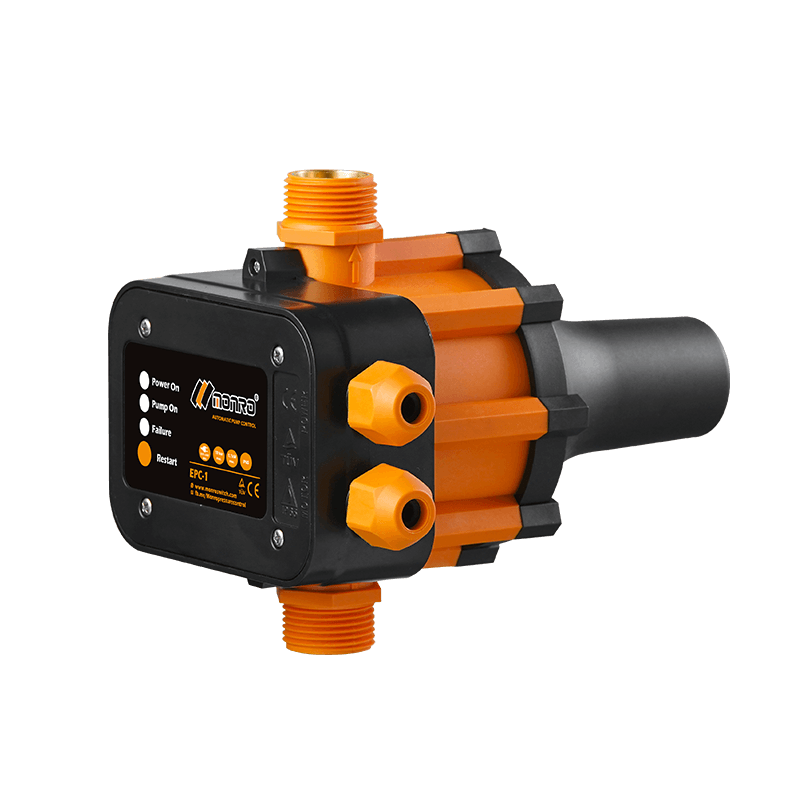 EPC-1
EPC-1Monro EPC-1 model pump controller is the classic and basic type, was loved by user in the global mar...
-
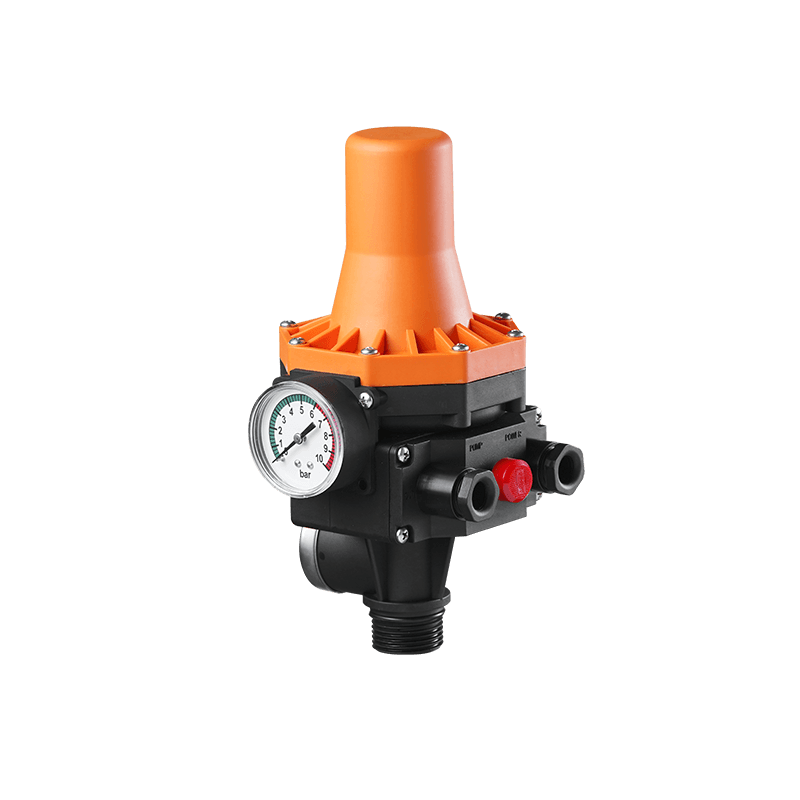 EPC-3
EPC-3Monro EPC-3 spain design auto on and off press control, an intelligent and economical system designe...
-
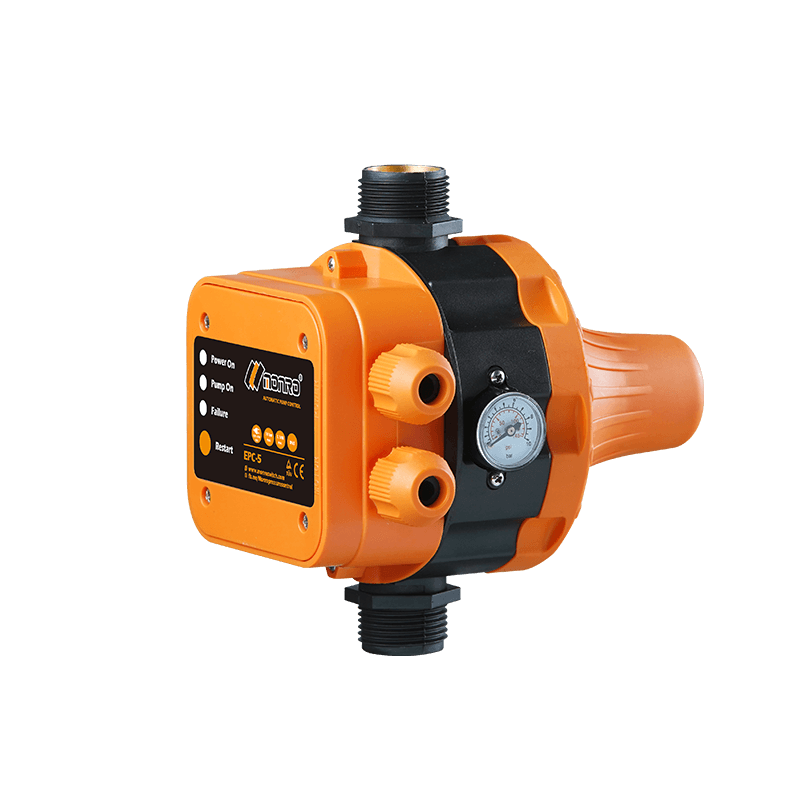 EPC-5
EPC-5Monro EPC-5 model automatic pump control, a device which assembled on the water pump (recommended si...
-
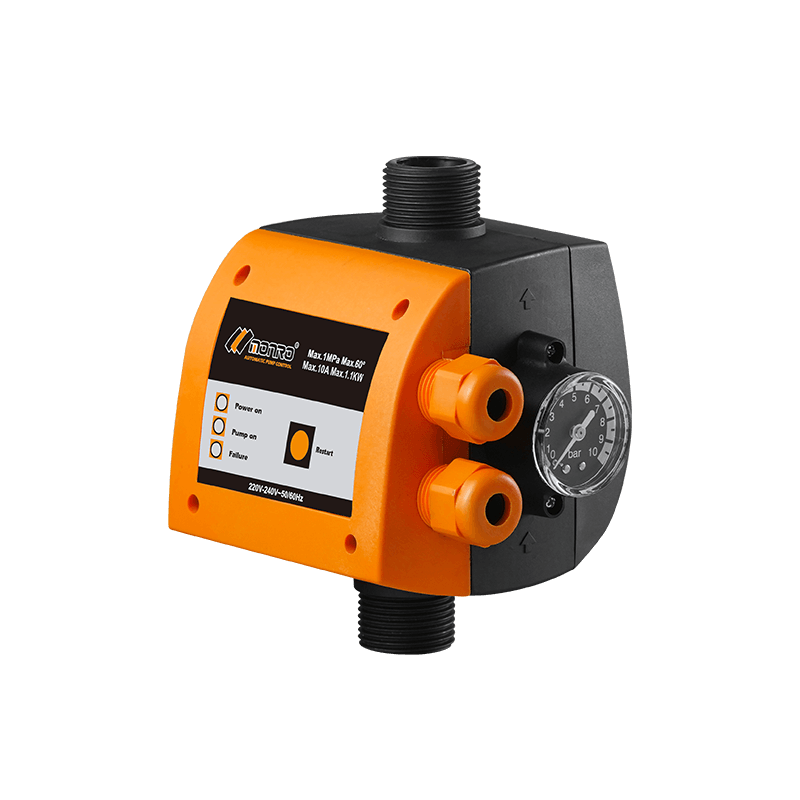 EPC-9
EPC-9Monro EPC-9 model pressure controller, is a big power device for automatic control and protection of...
-
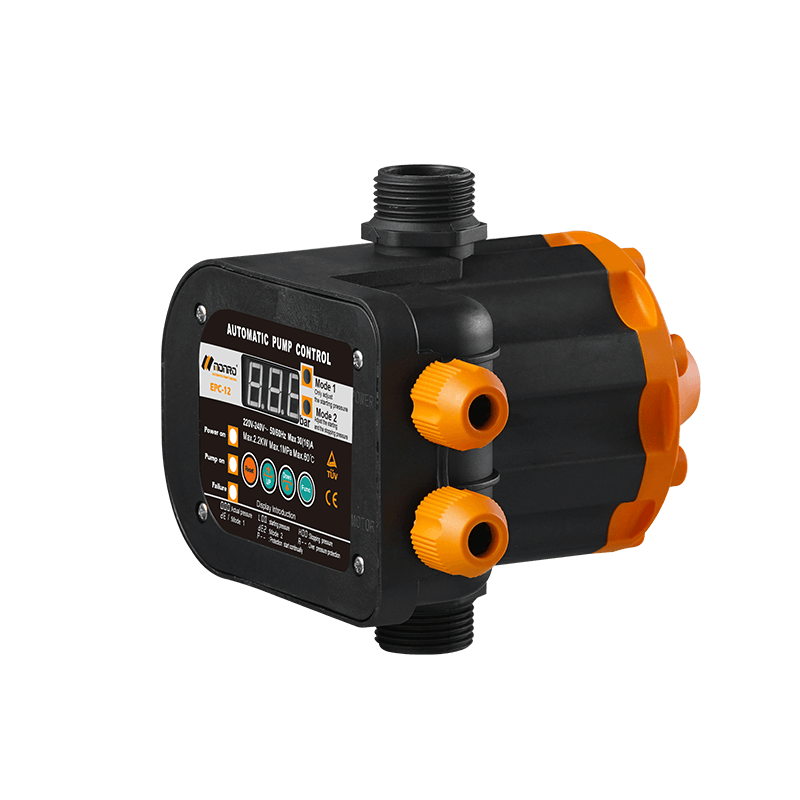 EPC-12
EPC-12Monro EPC-12 smart top-level automatic pump control is a multi-function model combined with traditio...
-
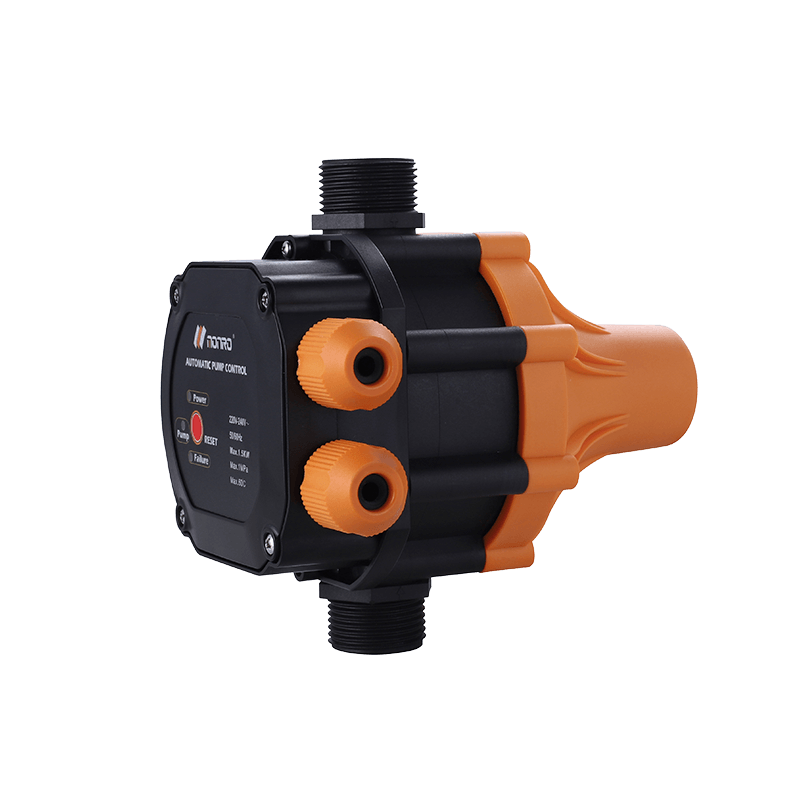 EPC-14
EPC-14Monro EPC-14 model pressure control is a big power device for automatic control and protection of el...
-
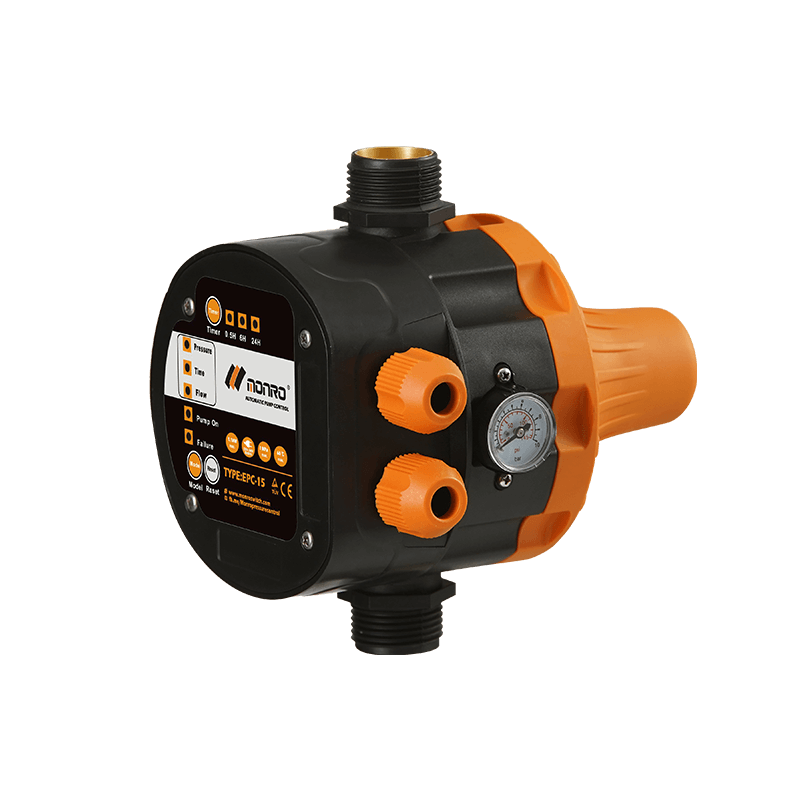 EPC-15
EPC-15Monro EPC-15 model automatic pump control, a device which assembled on the water pump (recommended s...
-
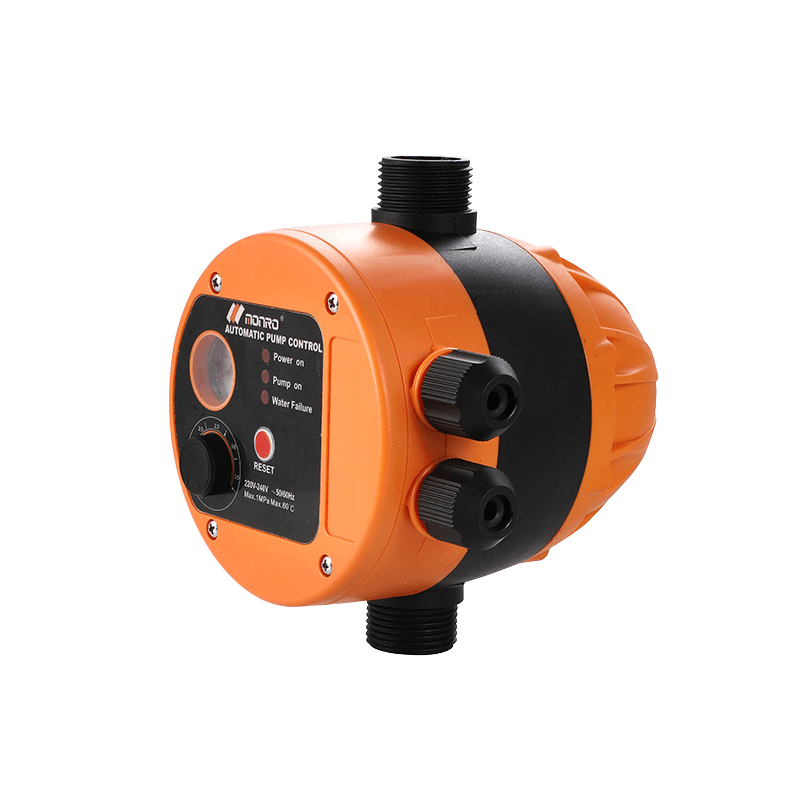 EPC-16
EPC-16EPC-16 is the new patent pump controller by Monro. Its key highlight is tooless (manual knob) start...
find our office
Committed to providing professional pressure control solutions for various types of water pumps and air compressors.

 简体中文
简体中文 English
English Español
Español
